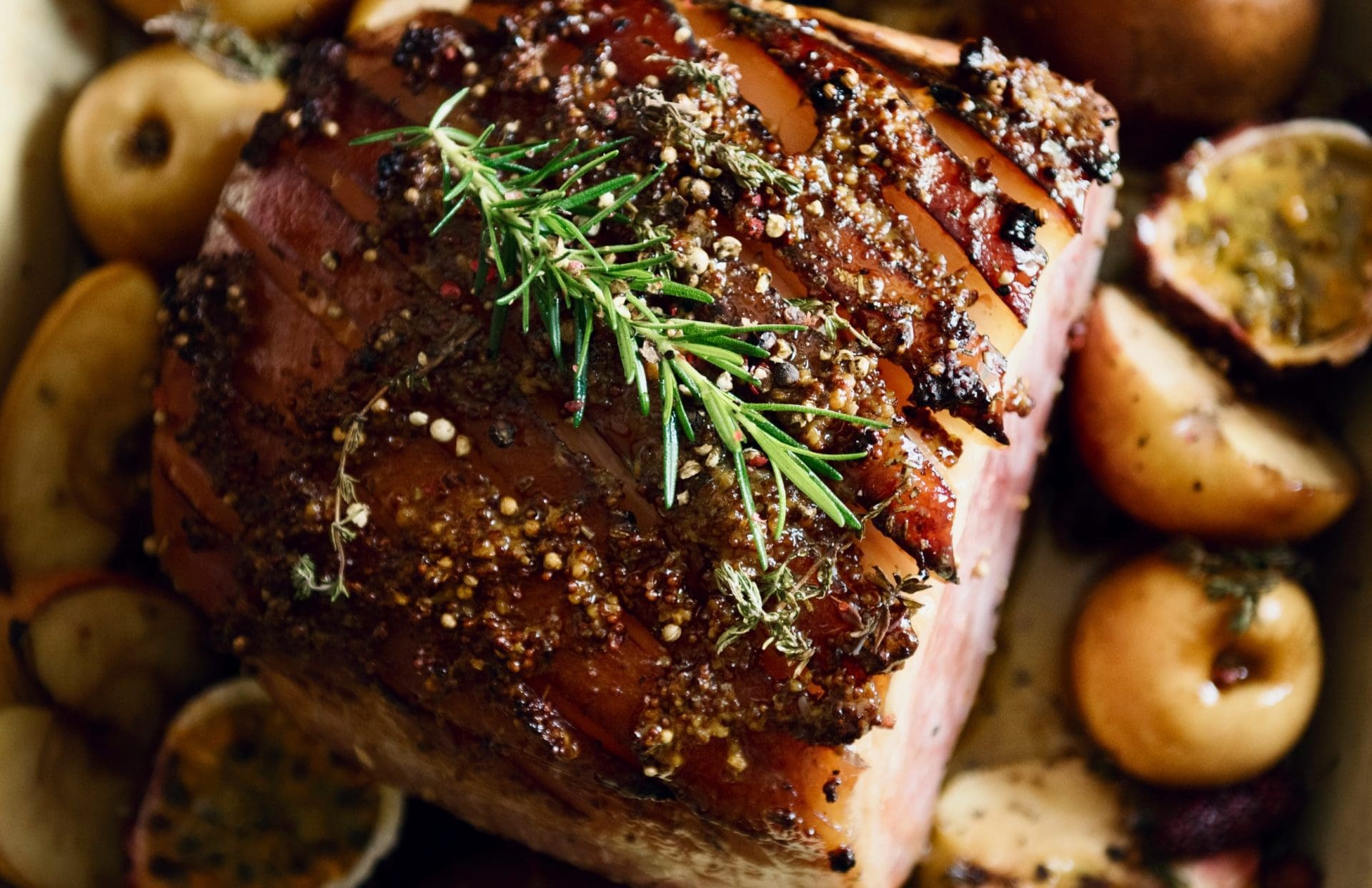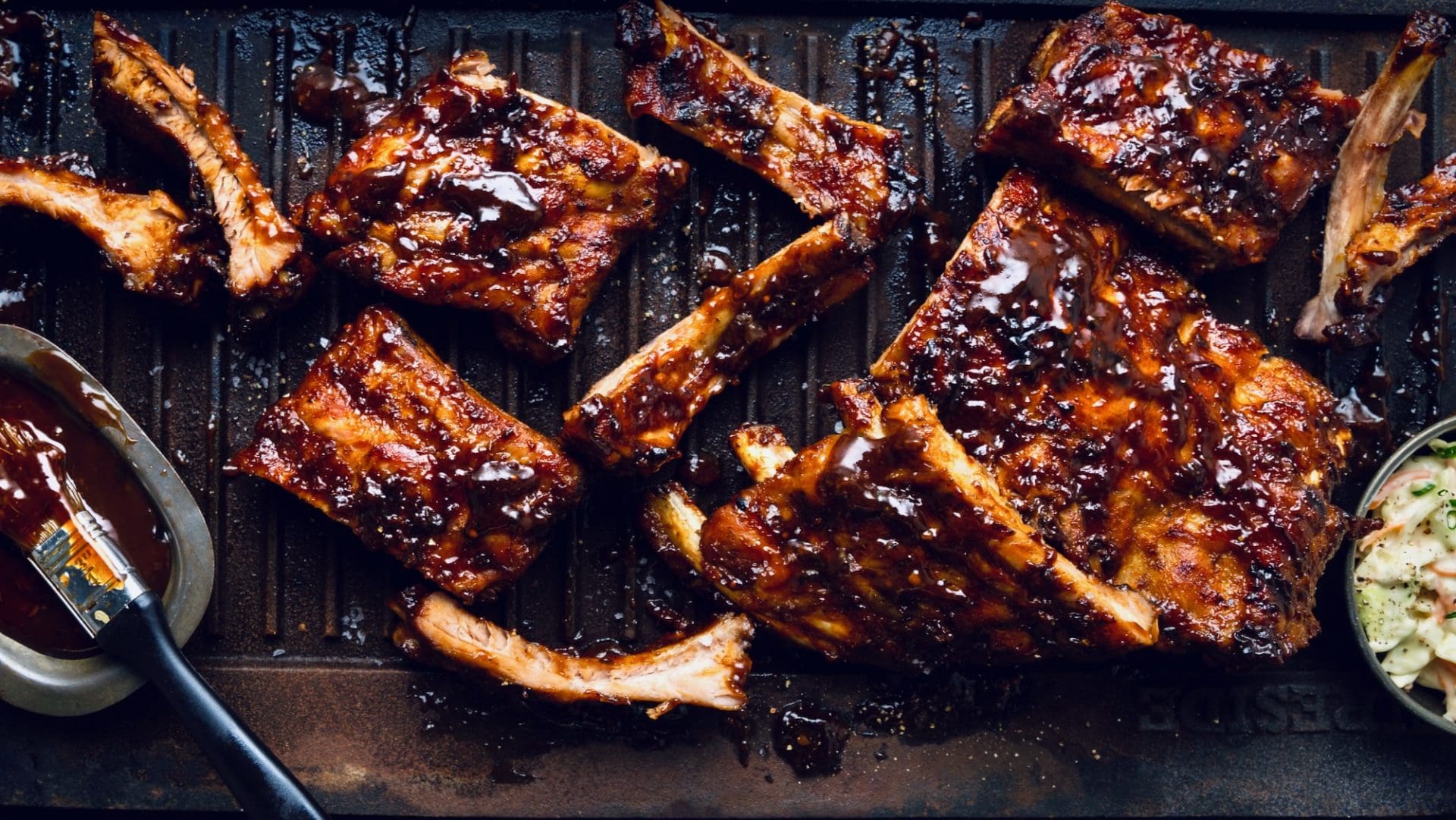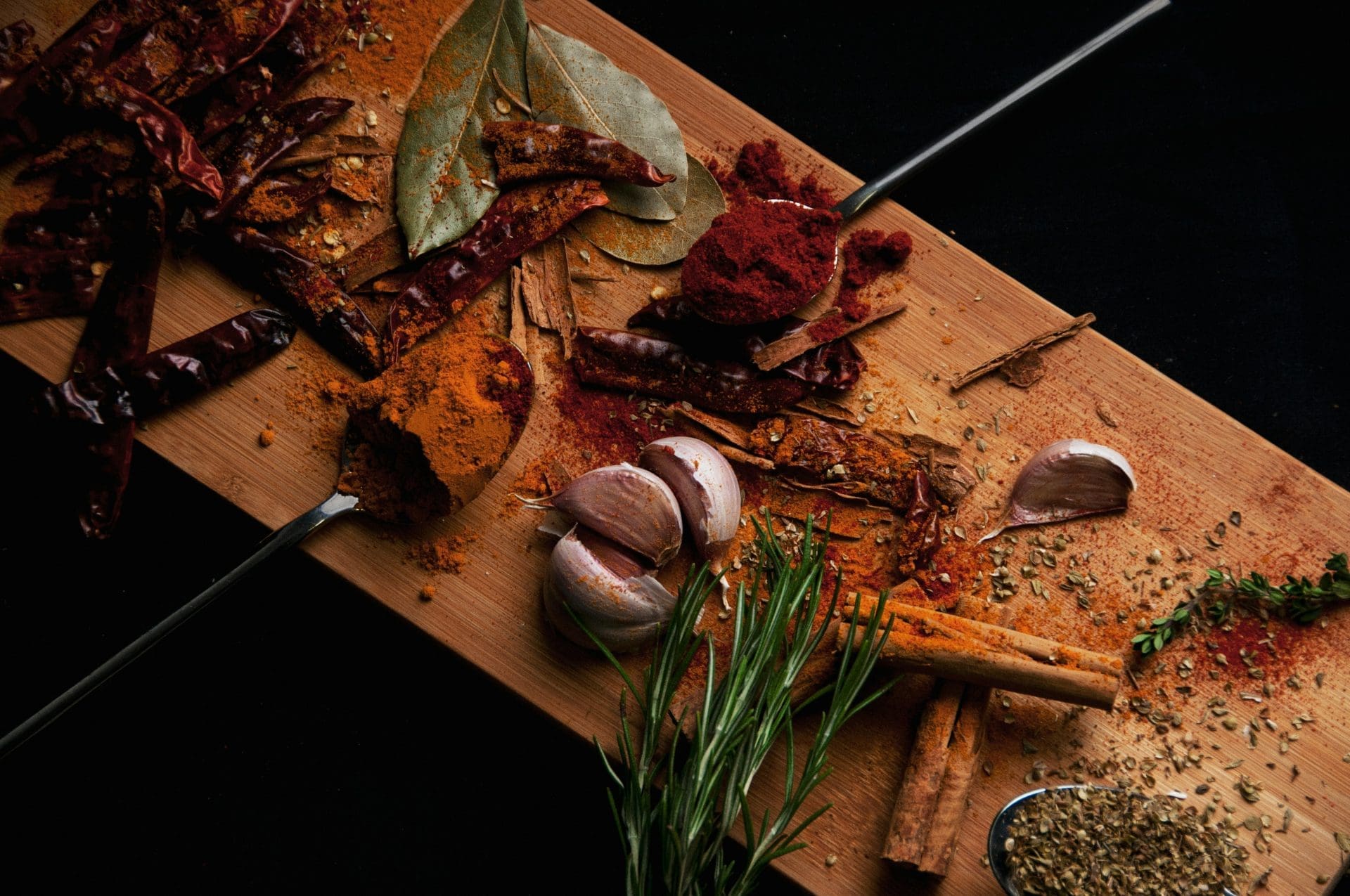The mouthwatering possibilities are endless when it comes to pairing wine and pork. Its extreme versatility is both a challenge and a benefit. The breadth of wine styles, sweetness and grape varieties that offer pork dishes a juicy match makes it tricky to establish a fixed food pairing rule of its own. But who needs rules anyway, when there is so much pleasure exploring the potential sensory delight that pork offers with a range of wines from whites, rosés, light reds, or even sparkling. Trying out the possibilities becomes even more intriguing depending on the specific cut and preparation. Let’s ponder the feast of delicious options together.
In service of harmony
Let’s start with the end in mind. It’s handy to think of wine as another ingredient that adds another dimension to your overall sensory experience of a dish. The wine should flow in a flawless tango of contrasting or complementary aromas and flavours. The secret is balance. The weight of the wine needs to match the intensity of the food, and the service temperature is just as important for the wine as it is for the food.
Sensory synergy
Understanding food and wine pairing revolves around the elements of taste and our perception of each when interacting with each other. The aim is to curate the perfect interplay of food and wine in a symphony of aromas and flavours.
SOUR: Balancing acidity is essential to coaxing the best character out of the wine and adding a fresh and tangy edge to the pairing.
SWEET: The wine you choose needs to be at least as sweet or sweeter than the food to avoid making the wine taste dull and bitter.
SALTY: Salt brings out the fruitiness of wine and has a softening effect on tannins.
BITTER: Bitterness in wine is amplified by bitterness in food.
UMAMI: Remember the fifth savoury sensation that loves moderate tannins and acid.
Ten Tips and tricks for clever pairings
FOOD first is usually the best way to go about choosing a wine. When you know what to expect on your plate, the diverse and extensive options of wine styles and grape varieties becomes easier to navigate.
CONTRAST fatty cuts with frisky wines, Cuts like pork belly love wines with high acidity to cut through the richness and leave your palate refreshed. Try a racy Sauvignon Blanc or unwooded Chenin Blanc.
BALANCE sweetness in dishes with a glaze, like honey-roasts or sweet sour and BBQ bastings. Choose a wine that is at least as sweet as the food. Off-dry wines like Riesling or fruity Chenin Blanc will mirror the sweetness without overpowering it.
TAME spice with fruit intensity. Temper the heat of dishes spicy chili flavours with fruit-forward red wines like succulent Grenache or juicy Shiraz. A sweet and softly fruity white like Gewürztraminer will also offset the heat.
EARTHY reds with gentle tannin texture like Pinot Noir or Shiraz-based blends work best will grills and roasts. Smokey, charred flavours go together with savoury red wines with tannin gumption.
SAUCES influence everything. Full-flavoured gravies, traditional apple sauce, sweet and sour or condiments like mustard will dominate the pork first. Choose a wine that will work in layers of flavour like a plush Merlot or succulent Pinotage.
SUBTLETY preserves delicacy. Lean pork cuts like tenderloin call for more delicate wines like light-bodied Pinot Noir, a soft and juicy cinsaut. Even a dry Rosé is a great choice that won’t overwhelm the dish.
SPARKLING wine offers many possibilities. Cap Classique has a flavour-lifting amplifying effect and pairs with a range of pork dishes, from crispy pork belly to charcuterie, thanks to its bright acidity and effervescence.
ROSÉ to the rescue if in doubt. A dry rosé is a versatile choice that works across many different pork cuts and preparations offering the freshness of white wine with a touch of red fruit that works any time of day too.
TRUST your instincts and personal preferences. After all, there is no definitive wrong and right when it comes to food and wine. Sometimes the most extreme clashes work as an interesting contrast. If you love a muscular Cabernet Sauvignon with your mild and tender pork schnitzel despite a conflict of texture and flavour intensity, go ahead and do what works for you.
Cheers!
.
A Handy Guide to Pairing Wine with Pork Cuts
Cut: Pork tenderloin or fillet
Flavour profile: mild and tender
Pairs well with: Pinot Noir, Grenache or Rosé
Cut: Pork belly
Flavour profile: rich, fatty
Pairs well with: Sauvignon Blanc, Chenin Blanc or Cinsaut
Cut: Pork leg
Flavour profile: meaty and savoury
Pairs well with: Pinot Noir, Pinotage, and Shiraz-based blends
Cut: Pork shoulder or pulled pork
Flavour profile: rich, succulent and slightly fatty
Pairs well with: Pinot Noir, Rosé or Chenin Blanc
Cut: Pork ribs or rashers
Flavour profile: sweet, smoky and saucy
Pairs well with: Pinotage, Rosé, Riesling



